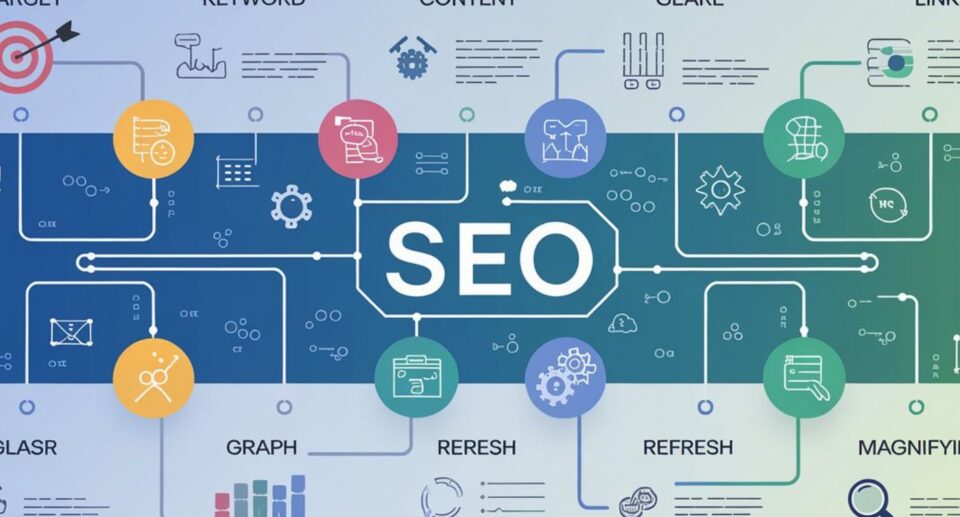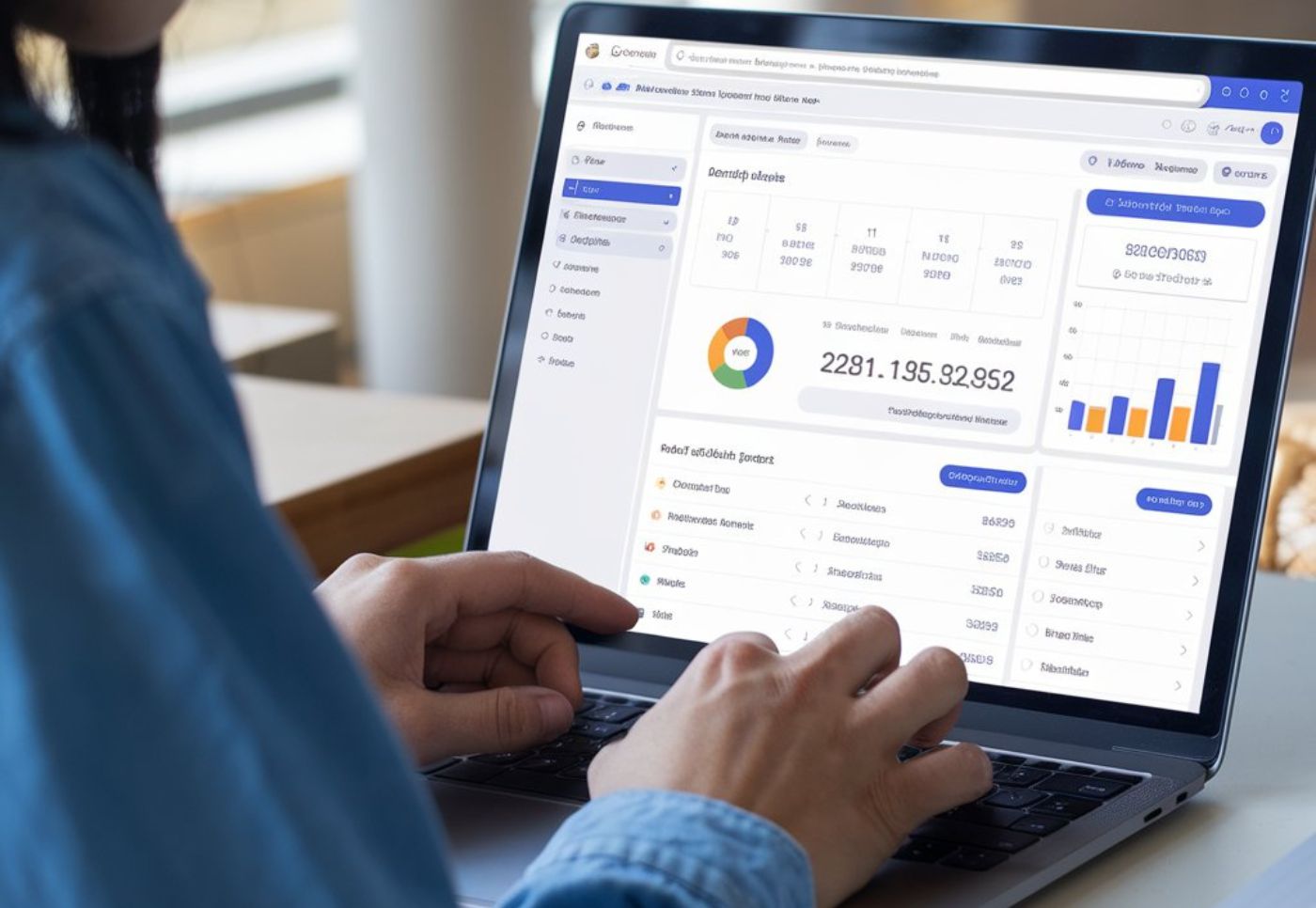Cold Outreach vs. Inbound: Best Choice in 2024

INTRODUCTION
Are you struggling to figure out whether to chase leads or attract them? Every business eventually faces this choice: should you invest in cold outreach to get quick results or go the inbound route for sustainable growth? The answer isn’t as simple as picking one over the other—because both have unique strengths depending on your industry, goals, and sales cycle. In this article, we’ll break down each strategy, their pros and cons, and help you decide which is right for your business.
Table of Contents
- Why This Comparison Matters
- What Is Cold Outreach?
- What Are Inbound Leads?
- Tools & Platforms to Use
- Cold Outreach vs. Inbound Leads: Proven Strategies
- How to Measure Success
- Conclusion
- FAQs
Why This Comparison Matters
In today’s hyper-competitive landscape, generating leads is no longer about choosing the trendiest method—it’s about ROI, consistency, and fit. Businesses that rely solely on inbound marketing often experience slower traction, while those focusing only on cold outreach may struggle with trust and conversions.
Statistic: HubSpot reports that companies who prioritize inbound marketing are 13x more likely to see positive ROI.
Analogy: Cold outreach is like knocking on doors—you might get ignored, but it’s direct. Inbound is like putting up a billboard—you wait, but those who come to you are already interested.
What Is Cold Outreach?
Cold outreach is the practice of contacting potential customers directly without prior engagement. This includes:
- Cold emails
- LinkedIn DMs
- Cold calls
- Direct messages on social media
Pros
- Quick results
- Targeted outreach
- Scalable with automation tools
Cons
- Low response rates
- Requires personalization and follow-up
- Can be perceived as spammy if not done right
Example
A B2B SaaS startup emails HR managers offering a free trial of their time-tracking software.
What Are Inbound Leads?
Inbound marketing involves drawing customers in through helpful, relevant content. It includes:
- SEO blog posts
- Lead magnets (eBooks, checklists)
- Webinars and videos
- Social media engagement
Pros
- Higher conversion rates
- Builds long-term brand authority
- Compounds over time
Cons
- Slower to generate leads
- Requires a content pipeline
- Competitive in mature niches
Example
A marketing agency creates a blog post titled “10 Cold Outreach Email Templates That Convert” and captures leads with a downloadable toolkit.
Tools & Platforms to Use
For Cold Outreach:
- Hunter.io – Find verified email addresses
- Lemlist / Instantly – Email automation
- LinkedIn Sales Navigator – Targeted prospecting
- Mailtrack – Track opens & clicks
For Inbound Leads:
- SEMrush / Ahrefs – Keyword & content research
- HubSpot / Mailchimp – Email marketing automation
- Google Search Console – Track SEO performance
- Canva / Loom – Design & video content creation
Cold Outreach vs. Inbound Leads: Proven Strategies
Cold Outreach Tips
- Personalize everything – Include name, company, and relevant context.
- Use curiosity-driven subject lines – Get them to open.
- Follow up 3–4 times – Most replies come after the second or third touch.
Inbound Marketing Tips
- Create evergreen content – Blogs, how-tos, and checklists.
- Use lead magnets with clear CTAs – Offer value before selling.
- Repurpose content – Turn blogs into LinkedIn carousels or YouTube videos.
Personal Example
At one point, our team launched a cold email campaign targeting SaaS founders with a pitch for UI/UX audits. The response rate was underwhelming at 1.2%. But when we paired it with a lead magnet—a free UX audit checklist downloaded from our blog—the inbound emails tripled.
Case Study
A legal tech company started blogging consistently on legal automation and built a newsletter. After 6 months, their inbound leads surpassed cold outreach by 3x—and the conversion rate jumped from 2% to 8.4%.
How to Measure Success
- Cold Outreach: Track open rates, response rates, booked calls, and cost per lead.
- Inbound: Measure organic traffic, conversion rate, time on site, and email sign-ups.
Combine Both for Maximum ROI
Use inbound to build brand equity, and cold outreach to reach out to high-value accounts who haven’t found you yet.
Actionable Tip: Use retargeting ads to warm up cold leads who visited your site but didn’t convert.
Conclusion
Choosing between cold outreach and inbound leads isn’t about right or wrong—it’s about timing and fit. If you need fast results and know your exact customer profile, cold outreach can work wonders. But for long-term authority, brand trust, and organic scalability, inbound is king. The real power? Combining both.
Next steps:
- Audit your lead generation strategy to see what’s missing.
- Start a cold outreach sequence or publish one valuable inbound asset this week.
FAQs
1. Is cold outreach still effective in 2024?
Yes, especially for B2B and high-ticket services, if personalized and targeted.
2. How long does inbound marketing take to show results?
Usually 3–6 months depending on your niche, content quality, and SEO strategy.
3. Can I use both cold outreach and inbound marketing?
Absolutely. Many successful businesses use both to balance short- and long-term gains.
4. What’s the best cold outreach tool?
Lemlist and Instantly are both great for email automation with personalization features.
5. What is the best content type for inbound leads?
SEO blog posts, lead magnets, and video explainers tend to perform best.







